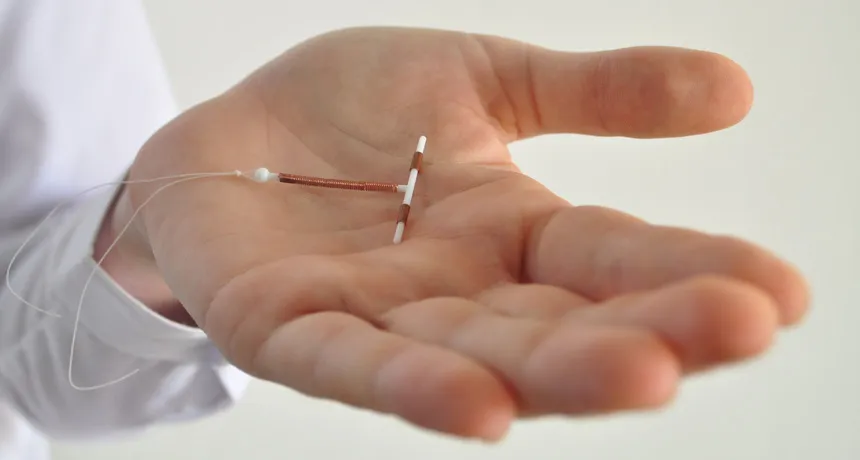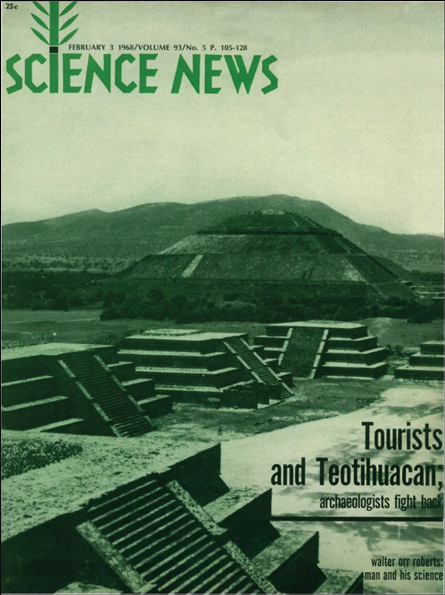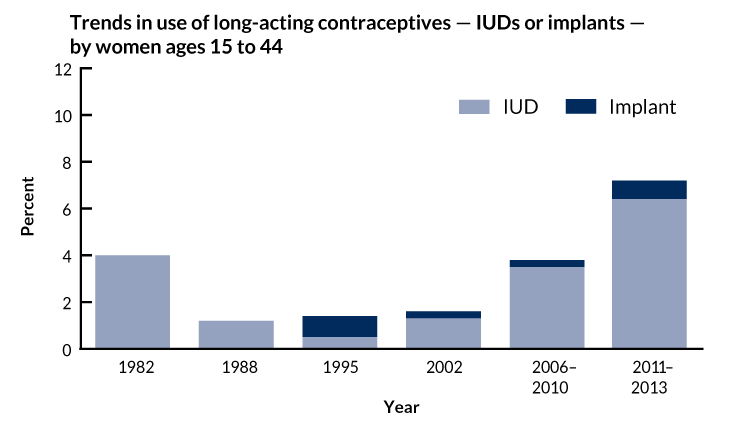50 years ago, IUDs were deemed safe and effective
Excerpt from the February 3, 1968 issue of Science News

SHAPE SHIFTERS Current intrauterine devices, or IUDs, are T-shaped. But previous designs of the contraceptives included curlicues, s-shapes and an ill-fated spiked shield.
flocu/iStockphoto
 IUDs: approval of a renaissance
IUDs: approval of a renaissance







